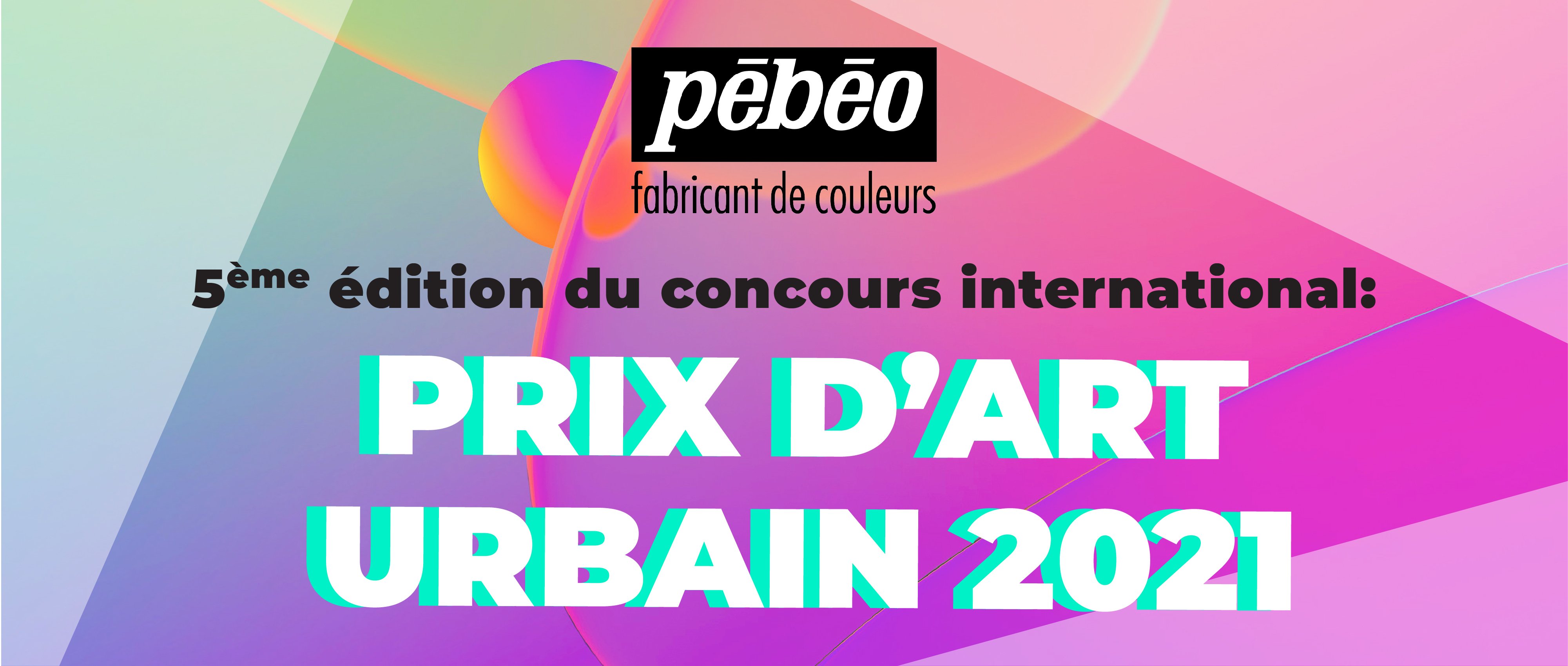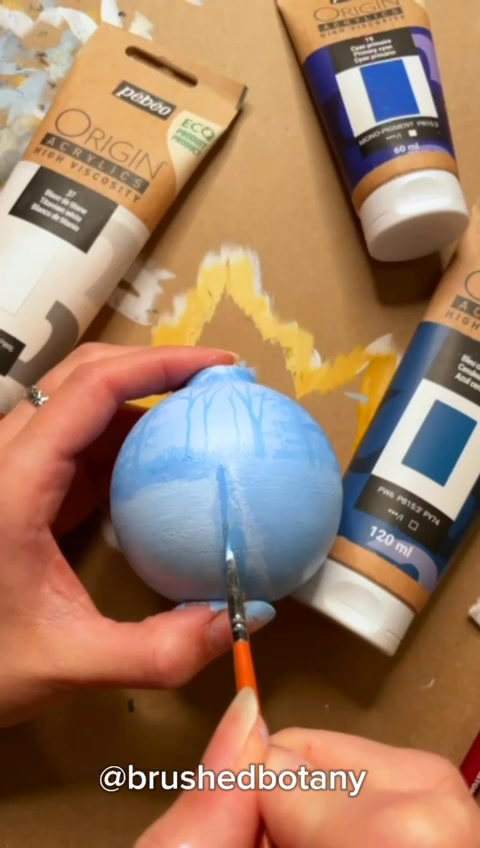Prix d’art urbain Pébéo : à la rencontre d’Alberto Ruce
16/06/2021

À l’occasion de la 5e édition du Concours International Mixed Media organisé par Pébéo, rencontre avec Alberto Ruce, le gagnant du 2e prix;
Pouvez-vous vous présenter, ainsi que votre pratique artistique ?
Alberto est mon prénom, Ruce est mon blaze acquis dans la rue. Quand on peint dans la rue, on signe avec son blaze (pour être anonyme), mes amis comme les gens du milieu ont fini par m’appeler Ruce. Mon blaze associé à mon prénom sont devenus mon identité d’artiste : Alberto Ruce. J’ai commencé par peindre des lettres à 13/15 ans, j’ai fait mes premiers graffitis sur les murs de mon école. C’était quelque chose que j’avais vu quand j’allais en ville et que je voulais reproduire. Je viens d’une petite ville du sud de l’Italie. Il n’y avait rien dans la région qui ressemblait à un tag ou à un graffiti, alors j’ai découvert les choses lentement. J’ai progressivement découvert la culture hip-hop et j’ai compris ce qu’était le graffiti, le breakdance, le rap. En 2009, j’ai déménagé à Paris et j’ai rencontré une profusion d’univers artistiques, graffiti, street art, art contemporain… qui m’a bouleversé. J’ai commencé à faire évoluer mes lettres vers de la 3D, en objets, puis au fil des années les lettres ont disparu, et j’ai de plus en plus emprunté le chemin du figuratif et de la peinture. Aujourd’hui, je peux me décrire comme un peintre urbain qui œuvre dans la rue. Dans l’atelier, je passe de longues heures sur l’étude de la couleur et des formes et sur l’idée, puis je transpose ce travail sur les murs. D’autres fois, je m’inspire de la rue pour mon travail d’atelier que je concrétise sur papier, sur toile, sur bois. D’une manière ou d’une autre je reste très attaché à l’esprit du graffiti, au fait de trouver des endroits abandonnés pour peindre, de trouver des murs où poser mes pièces en me promenant dans la ville.

Que souhaitez-vous exprimer à travers votre travail ?
Ce que je veux communiquer aux autres, c’est le fait que nous nous trouvons souvent dans des situations de superficialité, superficialité émotionnelle, superficialité de perception sensorielle. Je pense que la superficialité pourrait nous conduire à disparaître en tant qu’individus empathiques. Souvent nous sommes si occupés par nos problèmes que nous oublions tout un monde autour de nous. Avec mes peintures je voudrais montrer que, par manque d’attention, nous passons à côté de choses intenses et importantes, et rappeler qu’il y a un monde autour de nous que nous risquons de perdre.
Qui sont les gens représentés sur vos murs ? Quelles sont vos inspirations pour ces portraits ?
J’aime représenter des personnes et des situations que je connais, qui me sont familières et pour lesquelles je ressens quelque chose. La plupart du temps, les portraits que je peins sont issus de mon travail photographique. J’aime particulièrement représenter des émotions intenses, j’aime le contraste entre une peinture très délicate et un sujet très fort. Ces derniers temps, mes sujets évoluent vers l’exploration d’un thème qui m’est cher : le monde rural, avec des scènes pastorales liées au rapport entre l’homme et la nature, avec des paysans qui travaillent encore la terre et ses ressources de manière naturelle, ainsi que des animaux. C’est un monde qui me fascine et auquel je me sens connecté.
Vos œuvres ont-elles un lien direct avec le lieu sur lequel vous intervenez ?
Quand je peins dans la rue, je fais souvent référence à l’endroit où je peins, que ce soit une intervention illégale ou légale, peu importe, j’aime me rapporter à l’endroit où j’interviens. Je pense que de cette manière, la peinture dégage plus d’intensité, l’acte pictural prend une valeur différente. Il ne s’agit pas seulement de peindre par nécessité, mais cela devient un autre moyen de communication. Peindre une certaine image à un endroit précis peut avoir une force beaucoup plus intense par rapport à la même image peinte à un autre endroit. Parfois, ce n’est pas toujours faisable, je veux juste peindre ce que j’aime, en communiquant un message plus général. Je ne trouve pas forcément une référence intrinsèque à l’endroit, mais cela n’a pas d’importance car on ne peut pas toujours créer les situations qui nous plaisent. Parfois, il me suffit de trouver un mur qui a une fissure prononcée pour pouvoir y visualiser une image. Cela suffit pour être capable de communiquer avec le lieu et peindre une image parfaitement liée à l’architecture.
La rencontre avec le public, les passants, les habitants, c’est quelque chose d’important pour vous. Y a-t-il un échange ou une rencontre qui vous a particulièrement marqué ?
La rencontre avec le public est souvent stimulante, pour moi elle est presque indispensable. Dans les festivals je n’ai pas toujours l’occasion de discuter, d’interagir avec les gens. Pourtant, je trouve qu’écouter l’opinion des gens qui vivent dans le quartier, échanger avec eux, c’est vraiment le “plus” que cette discipline peut apporter. Le plus gratifiant peut être le commentaire d’un gamin, l’approbation d’une personne âgée, on se sent comme si on était au bon endroit au bon moment, comme si quelque chose d’intéressant était en train d’être fait pour la communauté. J’ai fait énormément de rencontres dans la rue, j’en aurais beaucoup à raconter. Celle qui me vient à l’esprit concerne un mur que j’avais décidé d’investir sans que ce ne soit une commande ou dans le cadre d’un festival. Cette rencontre m’a amené à changer de sujet. La veille de peindre un mur, je l’apprête à accueillir la réalisation. Ce jour là, un passant habitant le quartier et à qui j’ai montré mon croquis issu d’une photo que j’avais prise d’une statue d’une église voisine, m’a dit qu’il ne voulait pas voir une image sacrée tous les jours. Je l’ai tout de suite compris parce que je suis agnostique, et j’ai ainsi décidé de changer d’image en en choisissant une autre qui me plaisait. En la peignant le lendemain, j’ai réalisé que l’image était parfaitement adaptée aux fissures du mur. C’est une pièce représentant deux personnes, deux amants, qui s’embrassent, et ça s’est avéré finalement être l’image la plus appropriée pour ce mur.
Qu’est-ce qui vous a poussé à candidater à ce Prix d’art urbain ?
C’est un concours qui allie une grande marque que je connais bien car j’utilise souvent les acryliques Pébéo, et une institution de l’art urbain, Fluctuart. J’avais dans un premier temps très envie de leur faire découvrir mon travail. Je suis honoré que ce dernier ait plu au point d’avoir été sélectionné.


Vous avez réalisé votre première exposition personnelle en France en octobre dernier, avez-vous d’autres projets à venir ou envies particulières pour le futur ?
Après cette exposition organisée par Art’Murs, j’espère pouvoir en présenter d’autres à Paris mais aussi hors de France. L’un de mes projets qui, j’espère, verra le jour d’ici un an est la sortie du documentaire lié à mon projet Transumanze. Je l’ai réalisé en duo avec la vidéaste/réalisatrice Carla Costanza. Ensemble, nous avons fait des recherches sur l’abandon des petits villages et des coutumes populaires en Sicile. Pendant cette enquête, j’ai peint sur des bâtiments dans dix petits villages siciliens en 2019. J’y ai représenté des coutumes populaires de l’arrière-pays sicilien qui se perdent ou qui sont déjà perdues. Nous venons de signer avec la maison de production Cocoribou Films. Le documentaire en est actuellement à la phase la plus difficile et la plus longue, celle de la postproduction. D’ici là, je suis invité dès ce printemps à participer à différents festivals. Gardez les yeux ouverts… Plus d’informations sur le site internet d’Alberto Ruce.

Produits Connexes
à lire aussi
@PEBEO Suivre Pébéo sur Instagram
Newsletter
Inscrivez-vous à notre Newsletter et restez informé de nos actualités. Pour en savoir plus sur la gestion de vos données personnelles et pour exercer vos droits, cliquez, ici





